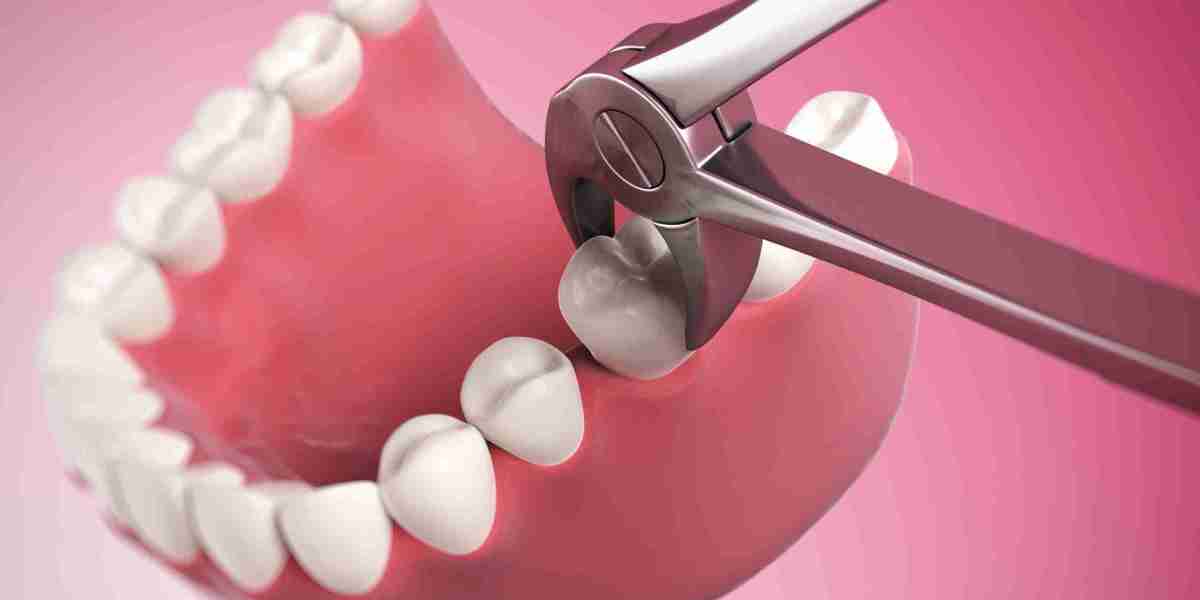What is dry socket and how can I prevent it? Dry socket is a painful condition that can occur after a tooth extraction, typically when a blood clot fails to form properly or is dislodged from the extraction site. Without the protective clot, the bone and nerves in the socket are exposed, leading to intense pain and delayed healing. Dry socket is most common after wisdom tooth extractions, but it can happen with any type of Wisdom Tooth Extraction. Understanding what causes dry socket and how to prevent it can help you avoid this painful complication.
What Causes Dry Socket?
Dry socket occurs when the blood clot that normally forms in the socket after tooth extraction is either dislodged or doesn’t form properly. The clot is essential for protecting the exposed bone and nerves, and without it, food particles and bacteria can enter the site, leading to infection and pain.
Common causes of dry socket include:
Smoking or using tobacco products, which can cause the clot to dislodge.
Vigorous rinsing or spitting, which can disturb the clot.
Drinking through a straw, which creates suction that can pull the clot out.
Infection or trauma to the area, which can disrupt proper clotting.
By avoiding these risk factors, you can reduce your chances of developing dry socket after a tooth extraction.
Symptoms of Dry Socket:
The most obvious symptom of dry socket is severe pain that typically starts a few days after the extraction. The pain can radiate from the socket to the ear, eye, or side of the face, and it’s often much worse than the normal discomfort you might expect after an extraction. The pain usually increases in intensity and doesn’t improve with standard pain medications.
Signs of dry socket include:
Severe, throbbing pain starting a few days after extraction
Foul odor or bad taste in the mouth
Visible bone in the socket where the tooth was removed
Swelling or tenderness in the surrounding gums
If you notice any of these symptoms, contact your dentist immediately for evaluation and treatment.
How to Prevent Dry Socket?
While you can’t completely eliminate the risk of developing dry socket, there are several steps you can take to minimize the chances of it happening. Proper care and attention in the days following your extraction are key to preventing this painful condition.
Effective prevention tips:
Avoid smoking and tobacco products for at least 48-72 hours after surgery, as they can significantly increase your risk of dry socket.
Do not use a straw for the first few days, as the suction can dislodge the blood clot.
Rinse your mouth gently with salt water after the first 24 hours to keep the extraction site clean, but avoid forceful rinsing.
Follow post-operative care instructions given by your dentist or oral surgeon, such as taking prescribed medications and avoiding physical strain.
Taking these precautions can help protect the extraction site and give the blood clot the best chance to stay in place and promote healing.
What to Do If You Develop Dry Socket?
If you develop dry socket despite your best efforts, it’s important to contact your dentist immediately. Your dentist will likely clean the socket to remove any debris, and in some cases, they may place a medicated dressing in the socket to help soothe the pain and promote healing.
Steps your dentist may take:
Clean the socket thoroughly to remove any food particles or bacteria.
Apply a medicated dressing or paste to the extraction site to reduce pain and prevent infection.
Provide pain management through stronger medications or recommend an over-the-counter solution.
Follow-up visits to monitor healing and remove dressings as necessary.
With proper Wisdom Tooth Extraction Treatment, dry socket can be managed, and the pain will subside as the area heals.
Healing After Dry Socket:
Once treated, healing from dry socket can still take some time, but the pain typically decreases within a few days. It’s important to continue following your dentist’s instructions and maintain good oral hygiene to promote the healing process and prevent further complications.
Post-treatment care includes:
Continue using salt water rinses to keep the area clean.
Take medications as prescribed to manage pain and prevent infection.
Avoid irritating the extraction site, such as avoiding hard, crunchy foods and not disturbing the healing area.
Monitor your symptoms, and contact your dentist if the pain persists or worsens.
By following these post-treatment steps and being diligent with your oral care, your socket should heal properly without further issues.




